
 Chapter 13
Chapter 13
Components of OVID System
VideoChart
-
Browsing video-objects in bar-chart form.
-
Playing video-objects as live video.
-
Inspection and updating video-objects.
-
Composing(merge and overlap) video-objects.
-
Decomposing(disaggregating) vide-objects.
-
Moving to the video-objects definition tool and VideoSQL.
Browsing of a Video Database
- Using Viseo Chart, we can view the contents of a video DB in a visual form.
- Frame ID#: the number at the Top-left and right corner
- A collection of video objects appearing in the specified range are displayed in bat-chart form.
Each line denotes a single video objects. The frame range can be scrolled with the arrow button, and its scale can be changed to an arbitrary range.
- The number in the center of each bar denotes the object identifier of the video-object.
-
Users can select an arbitrary video-object among these objects by clicking with the pointing device. After a video-object is selected, several operations can be applied by clicking the button below the chart.
-
Copy: the selected video object is copied into a buffer in order to form videoSQL queries later or define another video object.
-
play
-
inspect
Inspect operation first evaluate the specified video-object based on interval inclusion inheritance, and displays the attributes and the attribute values of the video-object.
Examples:
-
Evaluated Value window shows a list of attributes/value pairs.
Each line in this window consists of an attribute name followed by its value.
-
disaggregate
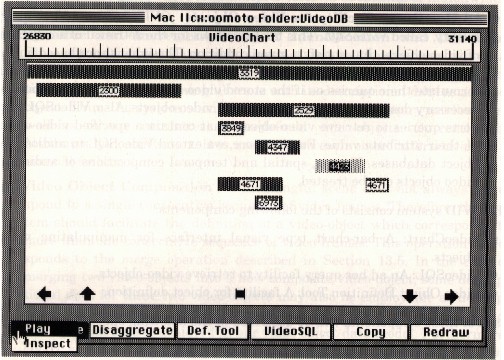
Figure 1. VideoChart

Figure 2. Play Operation of a Video-object.
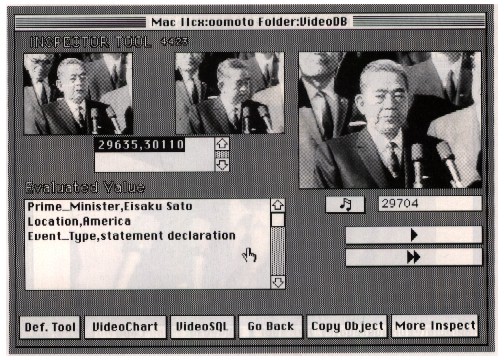
Figure 3. Inspecction of a video-object.
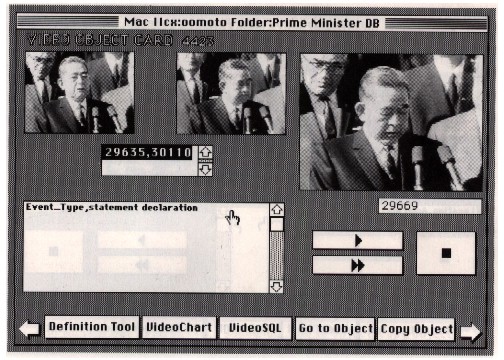
Figure 4. The original definition of the object with ID:4423.
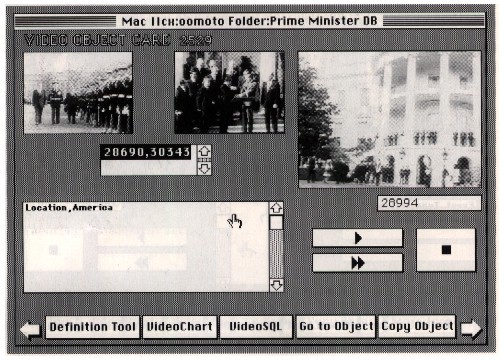
Figure 5. The definition of the object with ID:2529.

Figure 6. The definition of the object with ID:3319.
Merge and Overlap Operations in VideoChart
-
Select two arbitrary video-objects. (Suppose ID:6501 and ID:6762 in the Example)
-
merge or overlap operation can be applied to the two video-objects.
-
Examples

Figure 7. The definition of the object with ID:6762.
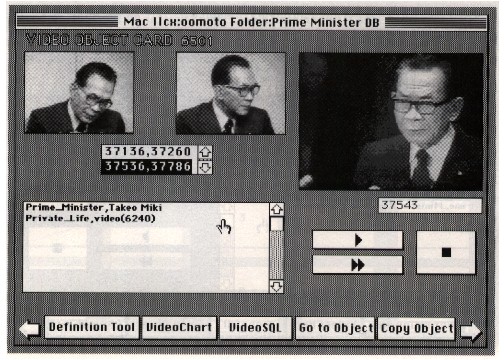
Figure 8. The definition of the object with ID:6501.
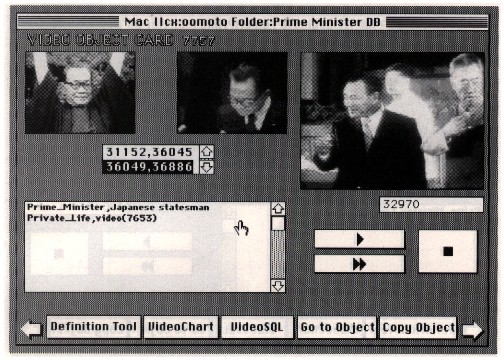
Figure 9. Definition of the merge of two objects.
Disaggregation of a Video-Object
-
A video-object is automatically divided into TEN sub-video-objects when disaggregate operation is applied to it in OVID.
-
Here is the interface when Video Disaggregation System has just launched.
-
A video-object defined over the frame interval from frame#:28690 to frame#:30343 is disaggregated into ten sub-video-objects. The ten sub-video-object icons are displayed.
- Each of the ten icons represents a resultant of the interval projection of the original video-object onto ten overlapping intervals.
-
The sub-video-objects can be treated as ordinary video-objects, several further operations can be applied to them.
-
The sub-video-objects have no attribute/value pairs, but are evaluated
based on the interval inclusion inheritance
-
VideoChart can also select and manipulate an arbitrary portion of the video frame
sequence as a video-object.
-
No attribute/value pairs for the specified portion. Users can manipulate as if it were an ordinary video-object.
-
play, inspect and disaggregate operations can be applied to it.
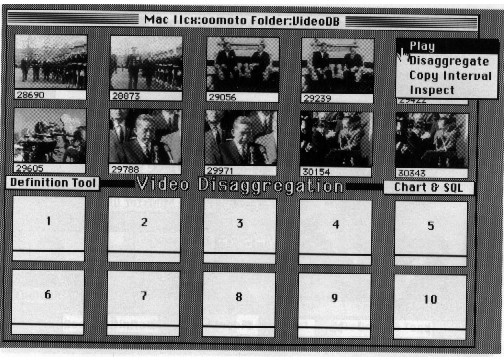
Figure 10. Disaggregation of a video-object.












